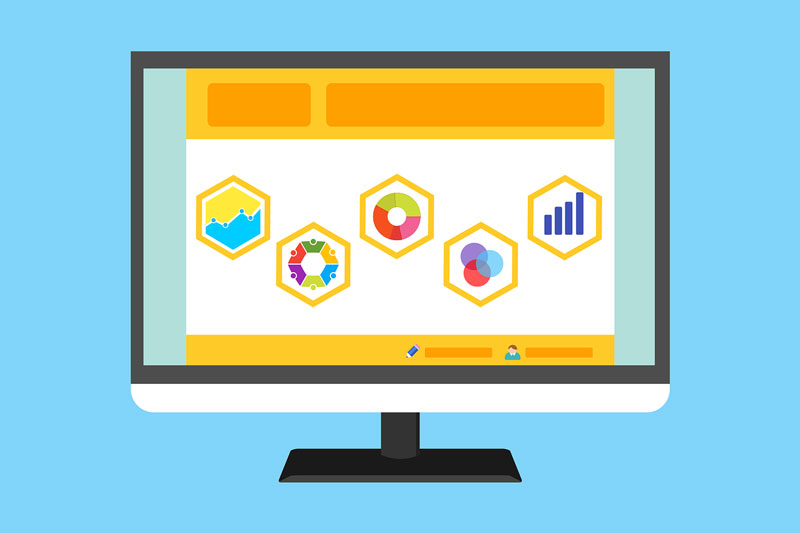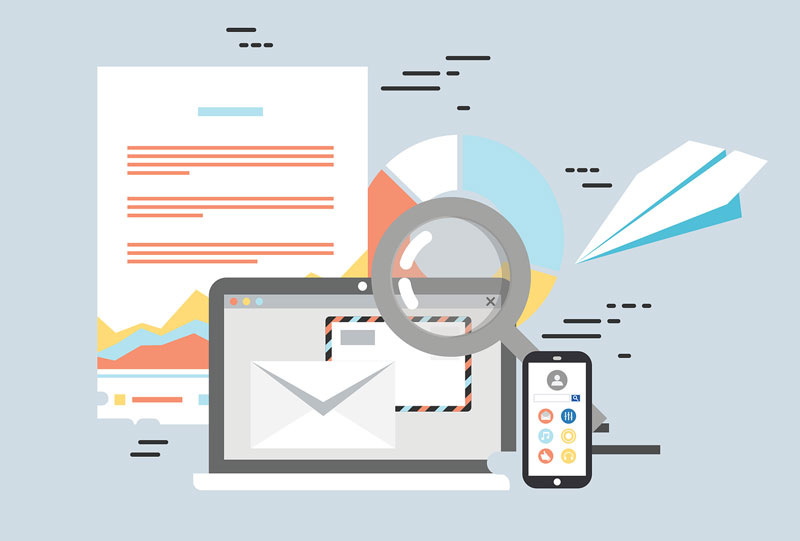
Transform Your Business Marketing Strategy
When it comes to running a successful, customer-focused business, a strong marketing strategy is key.
From creating a secure email marketing plan to learning how to leverage ad exchange, it’s important that you cover all your bases. It’s also crucial that you keep customers at the center of your business and reflect this in your marketing efforts as best you can.
However, one method which is often overlooked is that of using customer data platforms (CDPs).
CDPs can be incredibly useful and can completely transform your business marketing strategy. We’ve created this guide to help you fully understand CDPs and how to use them to your advantage to build a brand that lasts.
So, let’s begin.
What is customer data?
Customer data refers to all information businesses hold on record about their customer base.
This data is collected when customers interact with a business (virtually or physically). For instance, when a customer visits your website, reads your blog, or makes an in-store purchase, they leave behind information that you can collect and use to optimise your marketing strategy.
There are four main types of customer data:
Identity data creates the base for each customer profile and allows you to identify each individual customer.
This type of data includes the customer’s name, demographic, and location. It can also give you their contact information, social media details, and the particulars of their job.
Descriptive data
Descriptive data gives you a richer picture of your customers by expanding on the identity data already collected.
This type of data will vary across businesses depending on the industry. For example, a baby clothing store will collect information on the number of children in customers’ families, whereas a wedding magazine will focus on their customers’ marital status.
Descriptive data can also include career information, such as customers’ previous employers or their level of income. Additionally, details on customers’ hobbies, such as their magazine subscriptions, may also be collected.
This information can also help you develop an effective SEO content strategy that’s suitable for your audience.
Behavioral data
Behavioral (or quantitative) data develops customer information even further by showing businesses how their customers interact with their brand. This can include transactional data which shows how many of each product has been purchased and returned, order dates, and cart abandonment rates.
It can also help businesses determine when a customer last made a purchase, how often they make a purchase, and how much they usually spend.
Behavioral data can also show information regarding customers’ online activity and email communications. For instance, businesses can see the number of website visits, product views, and email click-through rates.
Qualitative data
Qualitative data gives businesses information on their customers’ personalities. This is useful for providing context to customer profiles and can help you create a more effective marketing strategy.
Not only can this tell you what motivates your customers to purchase from you, but it can also give you their opinions. For example, you can see how highly they rate your product or service. This can give businesses insight into what customers are looking for. As a result, this can help you improve your search engine optimisation services and increase website traffic.
What is a customer data platform?
A customer data platform is software that collects and organises customer data across a variety of sources. For instance, your customer relationship management and data management platforms can both communicate with your CDP.
It can accumulate data in real-time to create individual, compacted customer profiles that are accessible to other software and systems.
CDPs have completely transformed the way in which businesses create their marketing strategies as it puts the customer at the center. This allows brands to adopt a more customer-focused approach, which helps them optimise their operations effectively.
It’s a great offline and digital marketing tool.
Different types of CDP
There are many different types of CDP, and the one you use will depend on your business type and marketing approach. Here are three main types of CDP to help you choose which is best for you.
Basic CDP
This type of CDP is great at gathering customer data from several source systems. They usually provide customer profile management, support customer segmentation, and make combined customer profiles available to other systems.
CDP with analytics
Customer data platforms with analytics provide the basic CDP features plus analytical applications. This includes CDP-powered attribution, predictive modeling, and segmentation. Analytical systems will usually activate the data by pushing customer segments to marketing automation and campaign management tools.
CDP with applications
This type of CDP offers all the basic features as well as customer engagement applications. This includes customer journey map software, marketing automation, and activation tools. This allows for the activation of inbound and outbound communication, personalised messaging, and predictive recommendations.
CDP vs. CRM
There is often confusion between customer-focused software. However, it’s important to understand the difference between these terms to ensure you are using the correct software or system in the right way. CDP and customer relationship management (CRM) are two terms that are often confused for one another.
CDPs provide more in-depth customer details and create well-rounded customer profiles by tracking online and offline data. However, a CRM doesn’t have the ability to track offline data unless it’s entered manually.
Additionally, CDPs are structured to deal with a large amount of data from various different sources. This reduces the chances of data being lost or replicated. On the other hand, CRMs are only able to collect manually-entered, individual data. This increases the risk of data being lost or mislabeled.
CDP vs. DMP
Another term that is often confused with customer data platforms is data management platforms (DMP). DMPs work with anonymous units such as cookies, IP addresses, and devices.
One main difference between the two platforms is that CDPs preserve data over a long period of time in order to build detailed customer profiles and sustain customer relationships. However, DMPs only preserve data for a short period of time to target ads and build duplicate audiences.
Additionally, customer data platforms are incredibly useful as they influence all types of marketing. From email marketing to AI content marketing, CDP covers them all. On the other hand, data management platforms primarily influence advertising to target ads better and reach wider audiences.
How CDPs can transform your marketing strategy
Customer data platforms are immensely beneficial to businesses looking to improve their operations. They can seriously transform your marketing strategy, which will, in turn, boost sales and customer retention rates.

Here are four ways CDPs can renovate your marketing strategy.
Disband customer data silos
Data silos occur when data is available to only one department or team and is inaccessible to the rest of the business. This is one of the biggest roadblocks marketers can face.
Data silos happen when businesses don’t have the resources to sufficiently share data or when technology can’t keep up with business changes.
By unifying your customer data, CDPs ensure that data is accurate and accessible across the entire business. Not only can this result in a more collaborative environment and boost quality culture in the workplace, but it can also increase your employees’ productivity.
It can also improve the accuracy of your customer profiles which will help you optimise your marketing strategy to suit your customer base.
Improve personalisation and boost customer engagement
With more accurate, in-depth customer data, you will be able to personalise your marketing approach. For example, you will be able to target your email marketing campaign and create more dynamic web content.
This will ensure that the customer journey is consistent and maintained across all online and offline channels.
Improving personalisation can also ensure you’re delivering the right message to your customers on a relevant platform and following the right social media trends. This will be essential to making sure your marketing messages land and influence your customers to make a purchase.
First-party data
Customer data platforms can be hugely beneficial to your marketing strategy as it provides accurate, reliable data.
First-party data comes straight from the source. So, it’s being gathered directly from your customers, website visitors, blog readers, and/or social media followers.
This is the best type of data to collect as it will tell you exactly what your customers want and need. As a result, this can influence and inspire your marketing strategy to ensure it’s a huge success.
Combine cross-channel marketing efforts
It’s likely that your business has multiple marketing plans going on at the same time. Having a strong cross-channel marketing strategy is crucial to providing the best customer experience, no matter what platform your customers are using.
Because of this, precious time can be wasted by teams trying to communicate their data findings with the rest of the business.
A customer data platform removes this barrier and does all of the communication for you. It can supply accurate data information across all channels to ensure your cross-channel marketing efforts are unified and consistent.

Takeaway
It’s clear that customer data is crucial to the success of any business. From identity data to qualitative data, it can help you personalise your marketing plan and improve customer experience.
Implementing a CDP is the best way to organise your data and keep customers at the center of your business. Whether you’re a small clothing business or an established organisation that offers funding for startups, your customers should always be the main focus.
So, start by determining which type of CDP is best for your business needs and go from there. Your customers (and your team) will thank you for it later.

